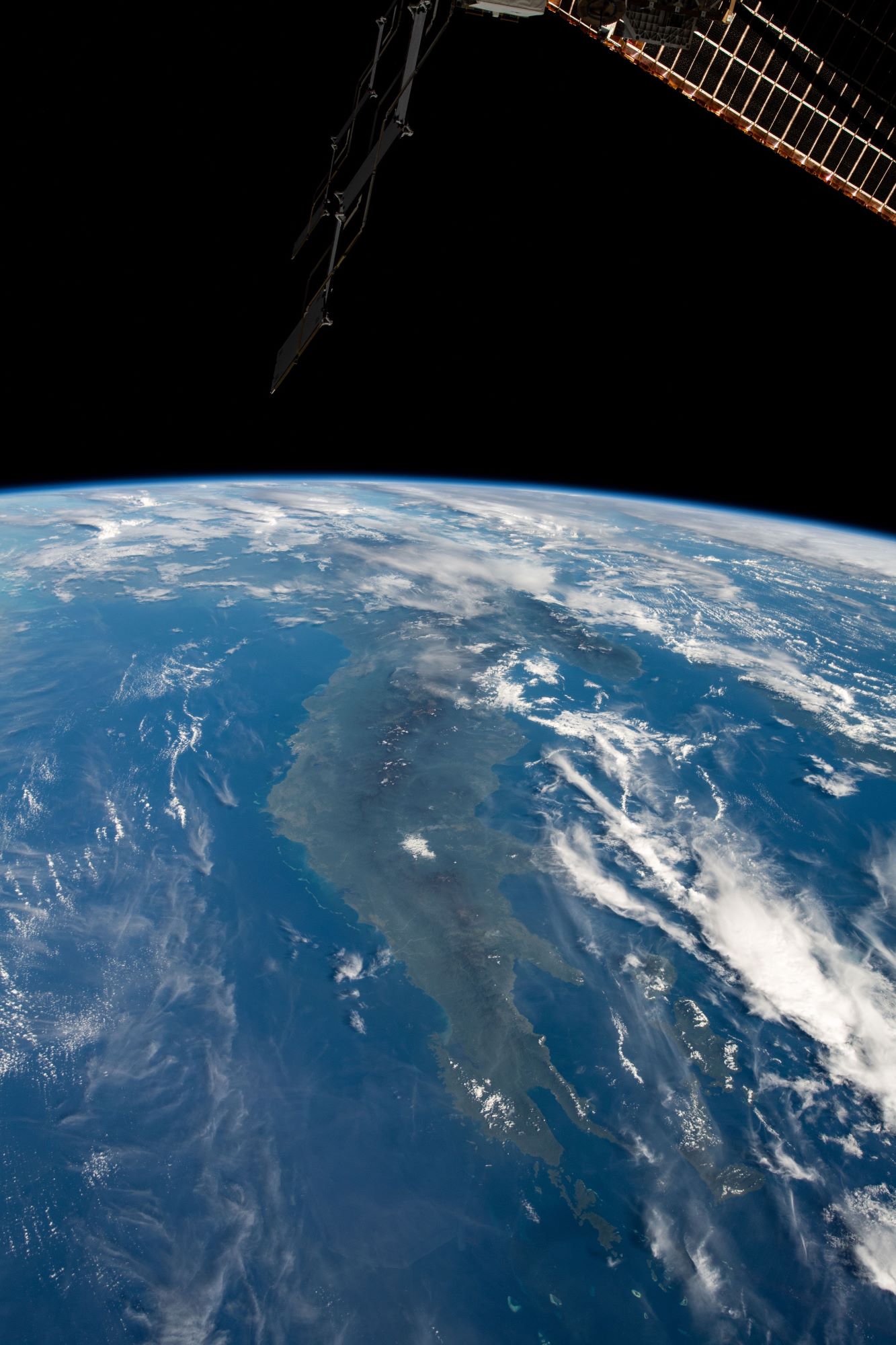Astronaut Marcus Wandt captured from ISS Papua New Guinea.

Papua New Guinea is a country in Oceania that comprises the eastern half of the island of New Guinea and its offshore islands in Melanesia. At the national level, after being ruled by three external powers since 1884, Papua New Guinea established its sovereignty in 1975. Papua New Guinea is one of the most culturally diverse countries in the world. As of 2019, it is also the most rural, as only 13.25% of its people live in urban centers. There are 851 known languages in the country, of which 11 now have no known speakers. The country is one of the world’s least explored, culturally and geographically. It is known to have numerous groups of uncontacted peoples, and researchers believe there are many undiscovered species of plants and animals in the interior. The sovereign state is classified as a developing economy by the International Monetary Fund. Nearly 40% of the population lives a self-sustainable natural lifestyle with no access to global capital.
The local scenery on the ground is as follows.

Reference: Marcus Wandt’s Tweet
See earthview photo gallery: LiVEARTH